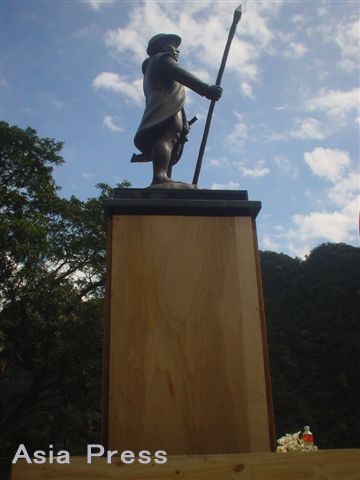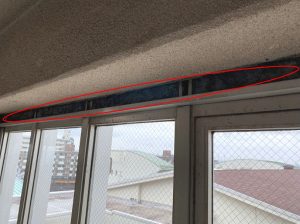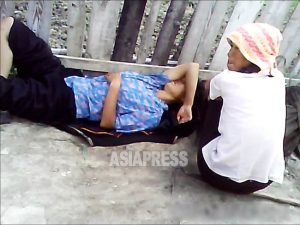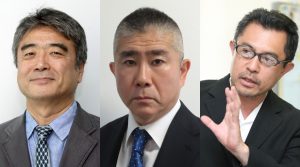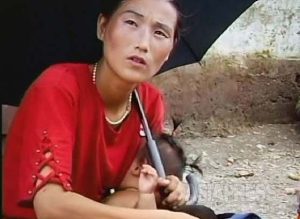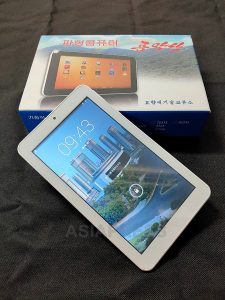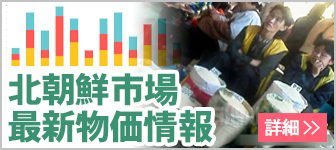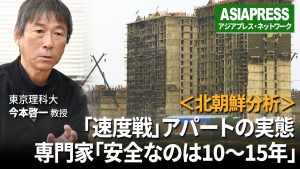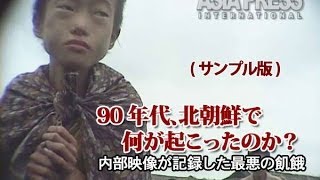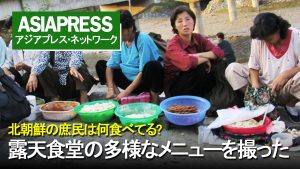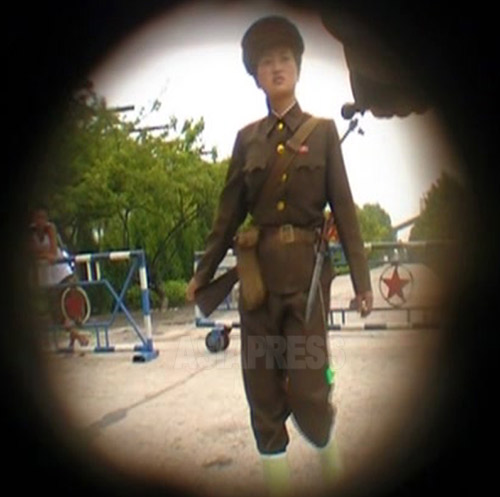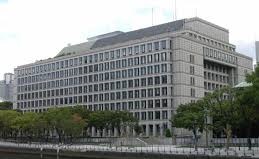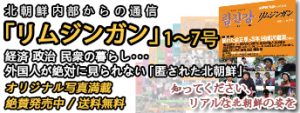「密封された慰霊碑」
台北市中心部よりバスでおよそ一時間、烏来<ウーライ>は、温泉と花見で有名な景勝地であり、台湾原住民族タイヤルの里として知られる。この地には、李登輝前総統が揮毫し、地元の事業家が中心になって建てた「原住民元日本軍人軍属」の慰霊碑があった。台湾原住民は太平洋戦争中、高砂義勇隊などの名目で、およそ一万余名が南洋の激戦地に送られ、半数以上が生還しなかったといわれる。
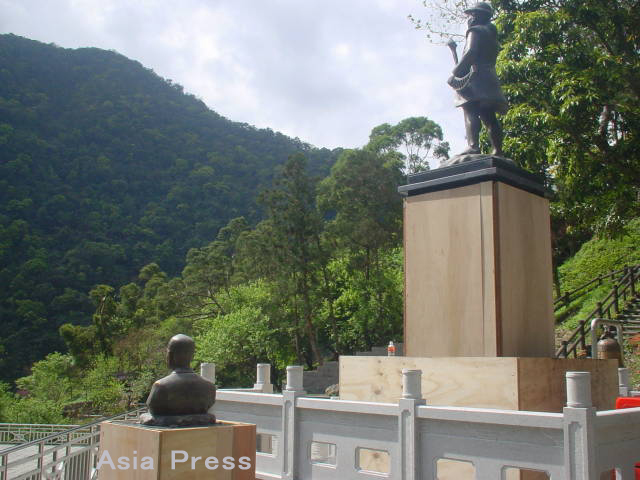
経営難から敷地が人の手に渡ったため、慰霊碑とその周りにあった一群の碑が撤去されることになった。日本で資金が募られ、その費用で台北県管轄の公園に移転されたのが二月八日のことである。地元の団体は県に対して合法的な手続をとったと主張している。
しかし、その様子が台湾のメディアで報道される過程で、日の丸や日本語の碑文が問題になった。戦争を美化し、日本の軍国主義を肯定しているというのである。国民党籍の県知事が視察に訪れ、「ここは日本ではない。中華民国の土地だ。中華民国の原住民だ」と激怒し、撤去を命じた。
二月二四日早朝当地を訪れると、すでに一群の碑の大半が撤去され、メインの慰霊碑もベニヤで覆われ無残な姿を晒していた。
テレビでは討論番組が組まれ、賛否両論が展開された。戦中原住民が志願して日本人として出征していったのは歴史的事実であり、日本人が自らの費用でその霊を慰めようとするのは理解できるとする肯定派。彼らは日本人の侵略戦争に利用されたのであり、中華民国の公有地にその戦争を賛美する日本語で刻んだ碑を並べるのは受け入れがたいとする反対派、議論は沸騰し、この日も多くの市民が碑の「見学」に訪れていた。
両派の対立には、民族間の軋轢や歴史認識・アイデンティティをめぐる相克が背景としてあり、台湾では、それは中国との関係をどう位置づけるかというか「国家認識」に直結する。そうした複雑な土地に、こうしたやっかいなものを持ち込む日本人は「なんともやっかいな人たち」だというのが、一般の人たちの受け止め方ではないか。まして相手はかつて植民地にしていた地域と住民であり、細心の配慮があってしかるべきで、台湾には、日本による新しい植民地主義だという批判もある。
解釈はいろいろあるかもしれないが、「大和魂」「皇民」「英霊」などの字句は時代錯誤も甚だしく、それを異国の公有地に建てようという発想がまかりとおってしまった現代日本の危うさに寒気を感じる。しかも建碑には日本の大手新聞社が介在し、除幕式の当日は日本政府の代表(大使に相当)も列席している。
ベニヤで密封された「慰霊碑」はニッポンジンの無神経ぶりを晒して立ちつくしている。
*原住民元日本兵についての参考書:「霧社に生きる」(柳本通彦著・現代書館) 「一視同仁の果て」(加藤邦彦著・勁草書房) 「証言台湾高砂義勇隊」(林えいだい編著・草風館)
[以下英訳]
"Journal: High Waves of Taiwan Strait – No.2" Michihiko Yanagimoto
"The Concealed Memorial"
Only one hour bus ride away from the center of Taipei, Wulai is known as one of Taiwan's major tourist sites, with its hot springs and cherry blossoms in spring. Some may know Wulai also as the aboriginal village of the Atayal people. If you visited there, you could have found the war memorial built by Former President Li Deng Hui and a few local wealthy men. The memorial would have been engraved: "For the Souls of the Taiwanese Aborigines Formerly Assigned to Japanese Army." This is because, during World War Two, under Japanese occupation, more than 10,000 Taiwanese aborigines were integrated into Japanese army. Among them, less than a half returned home alive.
But the memorial is no longer there. On the 8th of February this year, due to financial difficulties for maintenance, the land was sold away, and the main memorial and a group of smaller memorials were removed from the land. Then, with donations raised in Japan, they re-settled in a public park in Taipei. The Taipei local government had supposedly given an official approval to this.
When the Taiwanese media reported all this process, some pointed out the Japanese flag symbol and the Japanese writing on the memorials as a very critical issue. They said: "Here is not Japan; here is Republic of China. And those buried under the memorials are also our people, not Japanese." To them, these war memorials were as if to glorify the war by the Japanese and define positively the Japanese imperialism in the past. One nationalist politician took the lead of this movement and ordered to remove the memorials.
On the 24th of February, early morning, I visited the park to find most of the memorials already taken away and the main memorial covered by pieces of rough plywood.
Some TV shows featured this incident and its two-sided views. One view states: During the war time, the Taiwanese aborigines did join the Japanese army voluntarily as "Japanese" soldiers, and now who can blame if the modern Japanese people wish to pray for the souls of these war victims. The anti-Japanese view, on the other hand, states: the imperialists forced them to fight for the Japanese cause; therefore, it's intolerable to place the memorials to glorify such an incident in a public park of Taiwan. Both views were heated by the debate, and crowds of visitors to the park never stopped for a few days.
This whole incident of the memorial implies, if I may say, how insensibly the modern Japanese can act toward the land and the people they once colonized. With such typical phrases from the war period as "Pure Spirit of Yamato," "People of the Emperor" or "Sacred Souls of the Dead in Battle" engraved on the memorial, they would surely be blamed for "post-colonialism" as some Taiwanese call it.

